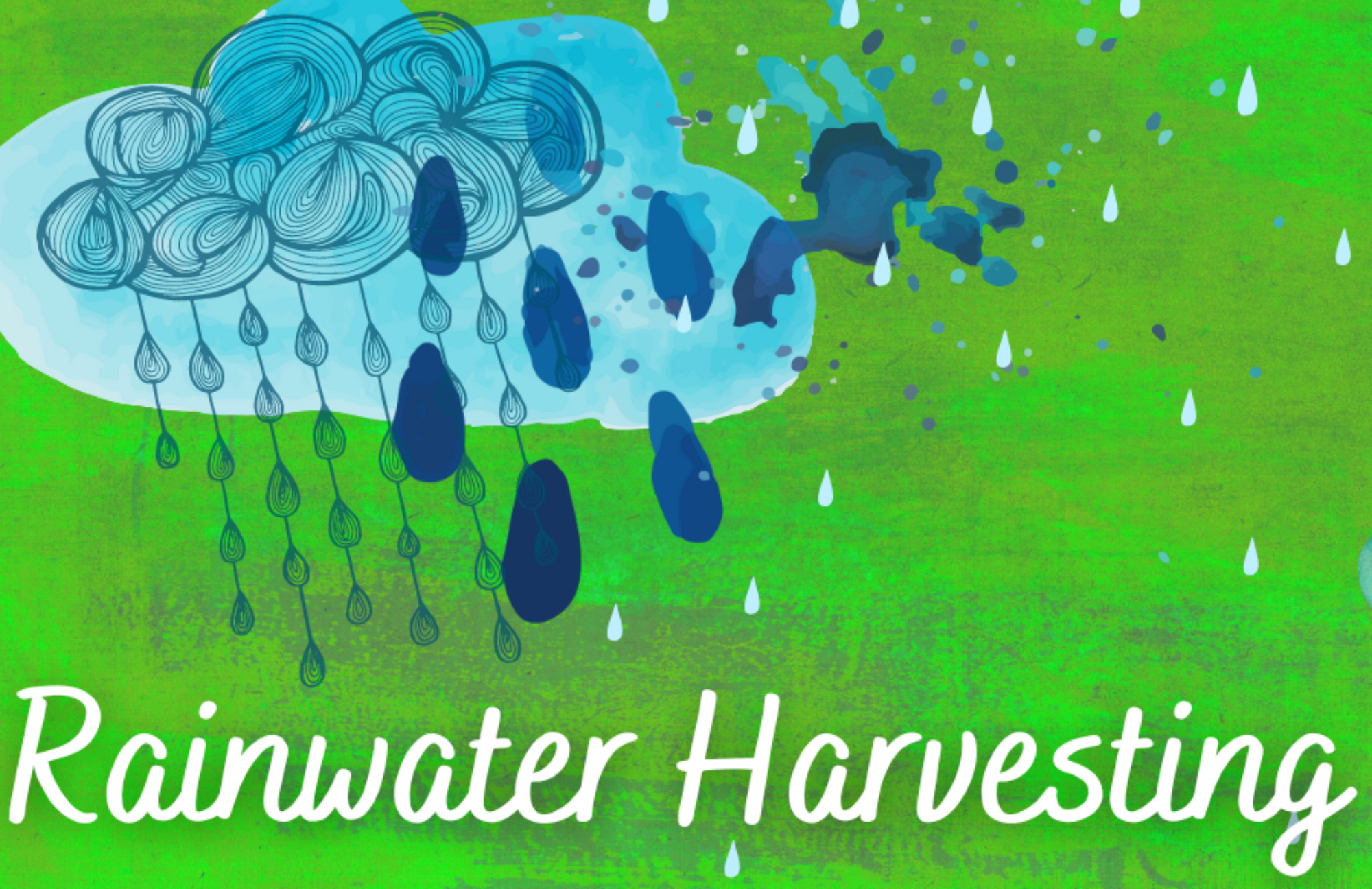Distributing Stored Rainwater
Pumps, Distribution, and More:
Examples of pipe sizing between tank and pump, or pump and plants
External Pumps:
Shallow Well Jet Pumps
- Constant Speed
- For use with a Pressure tank
- Most common pumping system
- A good choice when pump is located above tank level (but not required)
How they work:
- One-way check valve and pressure switch to regulate operation
- Draw water from the storage tank and push it into a pressure tank
- Pressure tank prolongs lifespan of pump as minor demands don’t require pump to cycle on
- Pressure Tank efficiently and automatically turns on pump, which fills tank based on low indicator
- Safety “float switch” inside of pressure tank ensures pump won’t continue and overheat if tank runs dry (ie. source/cistern/well runs dry)

On Demand Pumps
- Advantages:
- Designed for RWH systems – provide protection against overheating and dry running
- Suitable for average sized home and irrigation systems
- Use less energy than a constant speed pump, no need for pressure tank
- Disadvantages:
- Unsuitable to lift water long distances from the storage tank
- Complex design means servicing is by authorized dealers not located close to home
- Small leaks cause On Demand pumps to cycle on and off frequently and reduce pump lifespan
How they work:
- Sense pressure drop in water lines and turn on when there is demand
- Contain a motor control system and check valve, and are often self-priming

Submersible Pumps
- Submerged within water storage tank
- Variable speed
- Advantages:
- On demand versions specifically for RWH systems
- Are more efficient and reliable than external pumps when tank elevation is substantially lower than house elevation – because pumps are designed to push, rather than to pull, water
- Feature protective electronics or float switches if the tank runs empty
- Less noise, less energy
- Reliability is similar to deep well multi-stage pumps
- Disadvantages:
- More expensive
- Difficult to remove for servicing

Pump Safety Checklist
- An external pump must be supplied with its own dedicated electrical circuit to ensure ample and consistent power.
- An external pump must be located in a frost-free, dry, and well-ventilated location.
- Submersible pumps must be supplied with a ground fault-protected electrical circuit.
- Your pump should possess either reliable run-dry electronics (such as those found with on-demand pumps) or a safety float switch installed near the bottom of the tank. Either device turns off the pump when the water level runs low.

